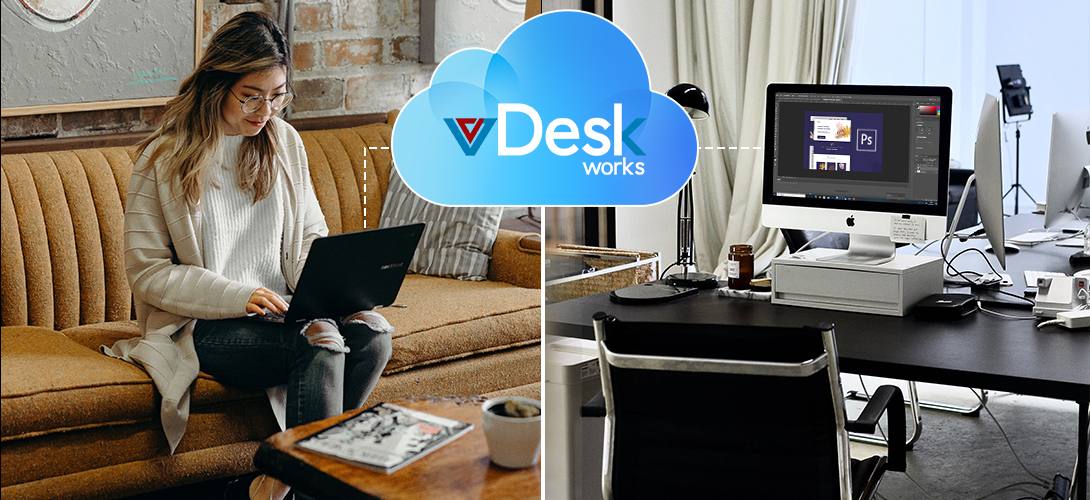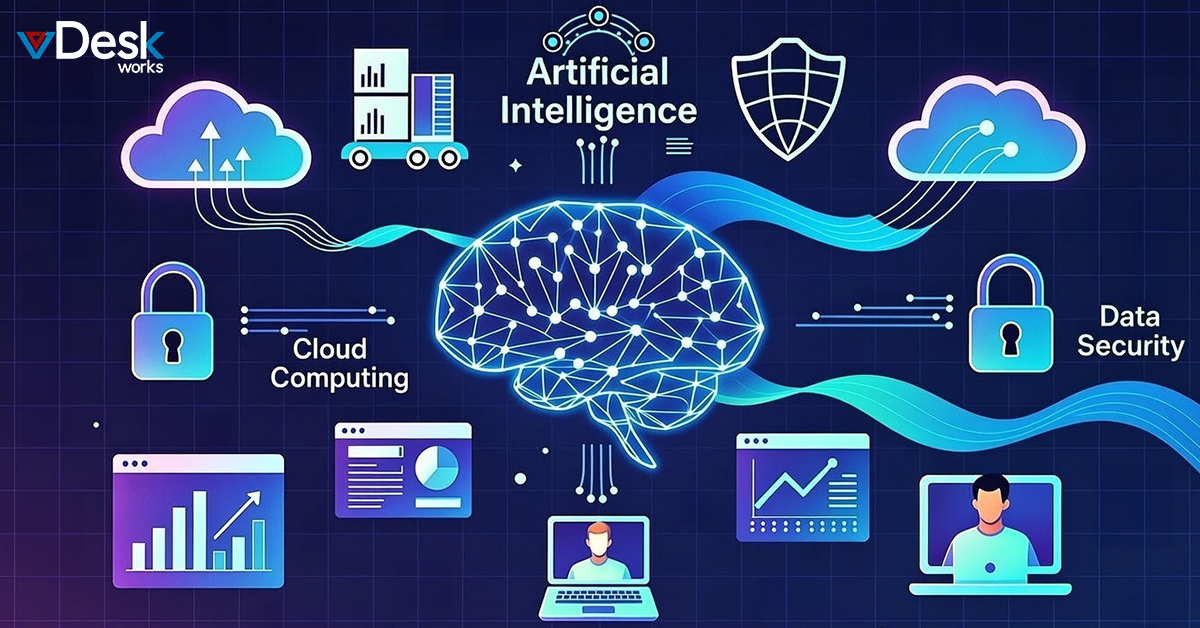The modern workforce is more mobile than ever before. Workers are no longer tied to a single location, and they need the tools to be productive from anywhere. Virtual desktops and VDI offer an affordable solution that can be tailored for any business or enterprise environment. This blog post will explore how virtual desktop solutions work, the benefits of using them over traditional PCs, as well as some considerations when planning your implementation strategy.
Virtual Desktops: An Overview
Virtual desktops work by providing a powerful, local desktop environment to users that is hosted on the company's servers. Users connected to the servers can get access to these centralized desktops from anywhere, anytime.
- The company provides a powerful desktop environment on the server that is then streamed to the user's device. This allows remote access from anywhere, anytime
- Virtual desktops are powered by software and allow multiple users to share one physical PC to reduce hardware costs (thousands of PCs can be replaced with dozens)
- They also require less bandwidth thanks to their centralized design where data is stored locally at the office rather than across different locations such as individual homes or coffee shops
Benefits: Why Choose VDI?
In addition to flexibility in terms of location while still being able to get work done, virtual desktops offer many other benefits over traditional PCs including reduced power consumption, lower maintenance requirements, increased security for sensitive, better collaboration, faster processing, access to legacy apps, and the ability to work in multiple environments.
- They are also more cost effective since they require fewer PCs, which means less money spent on hardware and software licensing as well as lower costs for electricity such as cooling and power consumption.
- In some cases, virtual desktops can actually be cheaper than traditional PCs because of maintenance savings or their low energy requirements, making it a feasible option for both enterprises and small-sized organizations.
- There are many ways to implement virtual desktops in your organization, but it is important that the implementation matches the company’s unique needs and employees' expectations.
- Managed desktop services offer a simple way for companies of any size to enjoy all benefits of virtualization while maintaining centralized control over their infrastructure.
Virtual Desktops for Reducing Business Expenses
- Virtual desktops are a cost effective way to run your business without having to buy new hardware, software or licenses.
- The costs associated with this solution include the virtualization of endpoints and server equipment that is still needed for businesses running apps on physical servers, IT management expenses incurred by using remote infrastructure located in data centers rather than local PCs and IP networks for user connectivity.
- An important consideration when making the decision whether VDI should be implemented within an organization is how virtual desktops will affect employees' productivity levels. Modern cloud-based virtual desktop solutions are not only quick but much safer and cost-effective for all sizes of business organizations.
- Cloud-based virtual desktops are also a viable option for organizations with data security concerns.
- A virtual desktop can be accessed from any device as long as the user is online, and does not require additional upfront investment in hardware or software other than a computer, tablet or smartphone that has an Internet connection.
- Virtual desktops offer even more benefits: they eliminate network bandwidth costs associated with traditional thin clients; reduce IT management expenses by reducing infrastructure needs; provide consistent performance levels without disruptions due to viruses and malware like PCs do when employees take them home at night; allow developers working on complex applications that need high computational power to access their workstations remotely.
Here ends the guide on why virtual desktops and VDI will be everywhere. The future of computing is virtualized, not just for the back-end but also in front of end users' eyes. And it's here now!


 Emma Carson
Emma Carson
















